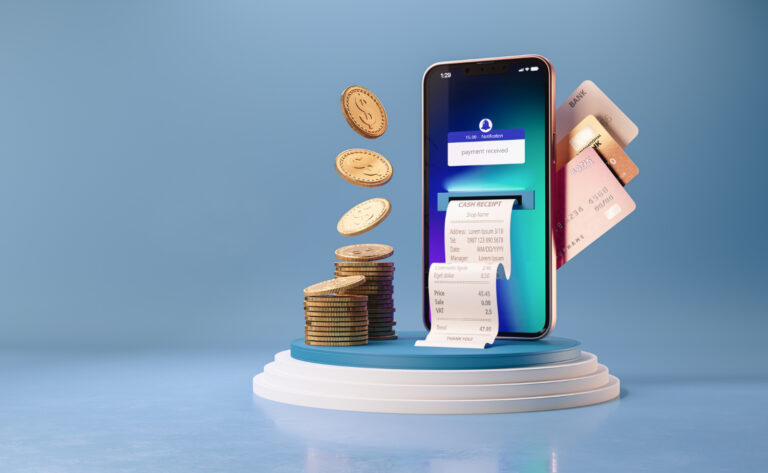Bank transfer Know before share
A bank transfer, also referred to as a wire transfer, is a method of transferring money from one bank account to another. Here’s a step-by-step breakdown of how it typically works:
- Initiation: The sender initiates the transfer at their bank. This can usually be done online, through mobile banking apps, or in person at a branch. The sender needs to provide information such as the recipient’s bank name, account number, and routing number (if sending domestically) or SWIFT/BIC code (if sending internationally).
- Processing: The sending bank processes the transfer. If the recipient’s bank is different, the transfer may need to go through an intermediary bank or a network like SWIFT.
- Receipt: The recipient’s bank receives the transferred funds and deposits them into the recipient’s account.
- Notification: The recipient typically receives a notification from their bank, such as an email or mobile alert, letting them know that the funds have arrived.
There may be fees associated with bank transfers, depending on the banks involved and the type of transfer. These fees are usually charged to the sender, but in some cases, they may be split between the sender and the recipient.
Keep in mind that bank transfers can take time, from a few minutes to a few days, depending on factors like the banks’ locations and the time when the transfer was initiated.
Please make sure to always double-check all details before initiating a transfer, as it can be difficult or impossible to reverse a transfer once it’s been processed.
How to transfer money to Thai bank account?
Transferring money to a Thai bank account is not much different from making an international bank transfer to any other country. You’ll need some specific details about the recipient’s account and may need to deal with currency exchange rates. Here’s a step-by-step guide on how you can do it:
- Gather Information: You’ll need the following details about the recipient and their bank:
- Full name and address of the recipient
- Name and address of the recipient’s bank
- The recipient’s account number
- The recipient’s bank’s SWIFT/BIC code. This is an international code that identifies specific banks worldwide.
- Contact Your Bank: Visit your bank in person or online to initiate the wire transfer. Some banks may not offer the ability to initiate international transfers online or through their mobile apps.
- Fill in the Details: You will have to fill in a form (online or offline) providing all the details you gathered in the first step. You’ll also need to specify the amount you want to transfer and select the currency. If you’re sending from a non-Thai bank to a Thai bank, you’ll likely want to send in Thai baht (THB).
- Pay Any Fees: Your bank will likely charge a fee for the international transfer. The cost can vary greatly from bank to bank, and there may also be fees incurred at the recipient’s bank in Thailand.
- Confirm the Transfer: After reviewing all the details and fees, you can confirm the transfer. The bank will process the transfer, which could take anywhere from a few hours to several days, depending on the banks and countries involved.
Please note: Always double-check all the details before initiating a transfer. If there is any incorrect information, it may lead to delays, extra fees, or the transfer may not be processed at all. If your bank does not offer international transfers, or the fees are high, you might also consider using a specialist money transfer service which may offer better exchange rates and lower fees.
Keep in mind that all international transfers must comply with regulations of both the sending country and the receiving country, and that banks are obligated to report certain large transfers as part of anti-money laundering and anti-fraud regulations.
Money transfer from Thailand to The World
Transferring money from Thailand to another country follows a similar process to the one described earlier. Here is a step-by-step guide:
- Gather Information: You’ll need the following information about the recipient and their bank:
- Full name and address of the recipient
- Name and address of the recipient’s bank
- The recipient’s account number
- The recipient’s bank’s SWIFT/BIC code, an international code that identifies specific banks worldwide.
- Contact Your Bank: Visit your bank in person or online to initiate the wire transfer. Some banks may not offer the ability to initiate international transfers online or through their mobile apps.
- Fill in the Details: You will have to fill in a form (online or offline) providing all the details you gathered in the first step. You’ll also need to specify the amount you want to transfer and select the currency.
- Pay Any Fees: Your bank will likely charge a fee for the international transfer. The cost can vary greatly from bank to bank, and there may also be fees incurred at the recipient’s bank.
- Confirm the Transfer: After reviewing all the details and fees, you can confirm the transfer. The bank will process the transfer, which could take anywhere from a few hours to several days, depending on the banks and countries involved.
Note: Make sure to double-check all the details before initiating a transfer. If there is any incorrect information, it may lead to delays, extra fees, or the transfer may not be processed at all.
For sending money out of Thailand, you might also want to be aware of Thailand’s currency regulations. There could be restrictions or reporting requirements on large transfers out of the country. If your bank does not offer international transfers, or the fees are high, you might also consider using a specialist money transfer service which may offer better exchange rates and lower fees.
Keep in mind that all international transfers must comply with regulations of both the sending country and the receiving country, and that banks are obligated to report certain large transfers as part of anti-money laundering and anti-fraud regulations.
What is the maximum transfer in DeeMoney
As of my knowledge cutoff in September 2021, DeeMoney is a popular remittance and money transfer service based in Thailand that allows users to send money to numerous countries around the world. However, I do not have the specific details on the maximum amount you can transfer using DeeMoney as it can change over time and can also depend on various factors including the transfer destination and regulations set by authorities.
To get the most accurate and current information, I recommend checking DeeMoney’s official website or contacting their customer support directly. They should be able to provide the latest information on transfer limits, fees, and other relevant details.
Also, please be aware that when you’re sending large amounts of money internationally, you may be subject to certain legal requirements or restrictions, both from Thailand and the destination country, especially in terms of reporting the transfer to tax or other authorities.

#Deemoney #โอนดี #ดีมันนี่ #MoneyTransfer




